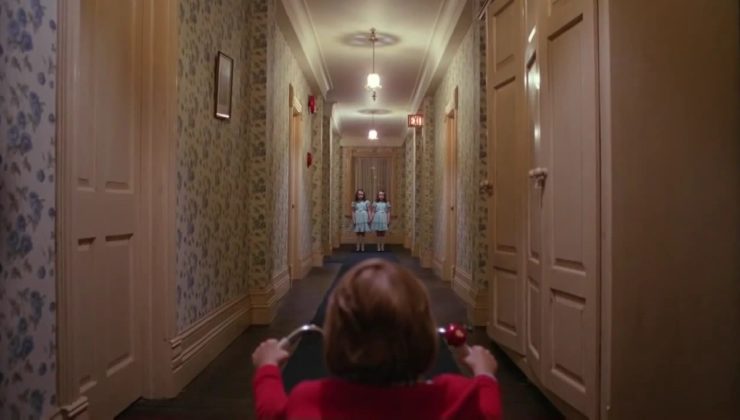You are standing in a corridor. It is narrow, dark at either end. Beneath your feet, the floorboards creak; all around you, the foundations of the building moan. You’re cold. You turn one way, and then—tentatively—the other. No matter which direction you’re facing in, there’s a blind spot behind you.
Which genre are you in?
Corridors, as we recognise them today, first appeared in Western architecture in the late 18th century, which—as it happens—is the same period from which the Gothic literary movement was born. Before this, there were structures we might generously call hallways, but not the sort we see in buildings now, and the word “corridor” had yet to enter popular vocabulary (in the sense that we use it now; its original meaning in English referred to a path around a fortification, until the military term eventually gave way to its more familiar domestic definition). What motivated this architectural trend is a question for architects, but it’s significant that—as the corridor began to grow in popularity—so did Gothic horror.
Most scholars agree that Gothic literature began in 1764, with Henry Walpole’s The Castle of Otranto. This novel set the trend for crumbling, ruinous, once-great buildings serving as a central location for a dark and twisted story. By the Victorian era, many Gothic novels featured haunted manor houses, and a rash of “haunted corridor” stories had begun appearing in newspapers and periodicals, all allegedly true. The corridor had firmly cemented itself as a locale made for eeriness.
We still see the corridor in horror to this day: not only in the pages of novels, but in films, television, video games, and podcasts, too. By sheer virtue of their unsettling qualities, long, dark corridors have moved from being a staple of Gothic horror to a staple of horror, period. But what, exactly, makes corridors so creepy?
Is it their throat-like narrowness, which restricts movement and forces you to face one way or the other? Is it how forbidding they look, with shadows gathering at the far end? Is it their apparent endlessness, the oppressive repetition of featureless walls? Or is it their existence as a sort of liminal space, caught between one location and the next? Professor Roger Luckhurst delves into the mysterious allure of the corridor in his book, Corridors: Passages of Modernity, which takes the reader on a journey through time and explores what corridors have come to symbolise. Described as “the first definitive history of the corridor,” it’s certainly worth a read if you’d like to know more about the subject. But for now, here are ten of the eeriest uses of the corridor in modern horror to stir your imagination—enjoy!
The Shining (1980), directed by Stanley Kubrick
Directed by Stanley Kubrick and co-written with novelist Diane Johnson, the film adaptation of Stephen King’s The Shining is a staple in horror aficionados’ collections—and with good reason. Even if you haven’t watched the film (which you should), you will likely be familiar with its eerie corridor scenes. Every detail, down to the hotel carpet, is crafted to elicit dread.
House of Leaves by Mark Z. Danielewski
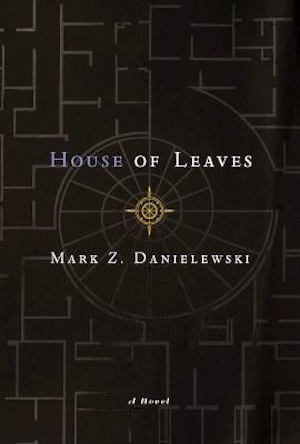
This debut novel is best-known for its unusual format: a bizarre and shifting textual layout which mirrors the events of the interweaving tales as they unfold. Within its strange pages, you will find some truly unsettling corridor descriptions. Sit tight.
Mexican Gothic by Silvia Moreno-Garcia
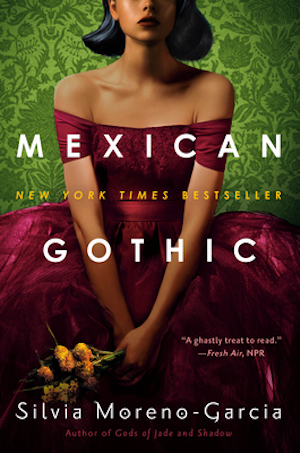
This post-colonial Gothic horror novel takes the crown in my heart for a number of reasons: not least for its positively chilling descriptions of wandering a corridor at night. Protagonist Noemí Taboada bravely wanders the dark passages of High Place, but the house is not all that it seems, and the walls are watching her…
The Magnus Archives, written and performed by Jonathan Sims
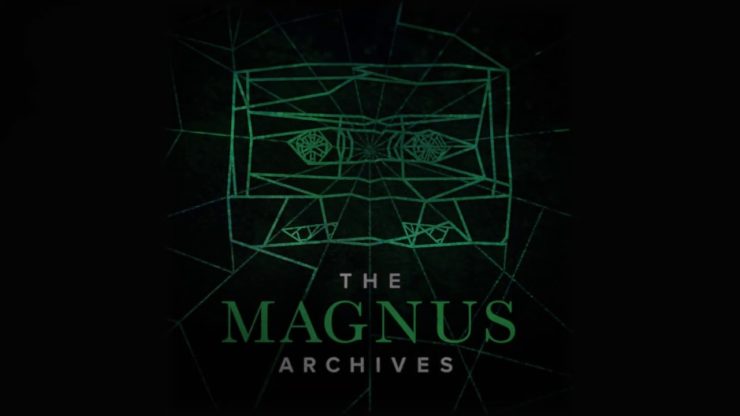
The Magnus Archives podcast has seen snowballing success over the last few years. (And a sequel—The Magnus Protocol—was recently announced by its developers at Rusty Quill!) Episode #47: The New Door features some truly creative corridor horror, which can be listened to on its own… though for the best listening experience, I recommend diving into the podcast as a whole.
Guillermo del Toro’s Cabinet of Curiosities (2022)
This horror anthology, created for Netflix last year, showcases the directorial talent of eight directors working under the creative oversight of Guillermo del Toro. It features some truly heart-stopping corridor scenes. For the best of these, see episode one—“Lot 36,” directed by Guillermo Navarro—which turns a storage facility into a nightmarish warren with no escape.
Crimson Peak (2015), directed by Guillermo del Toro
Speaking of Guillermo del Toro, here is a cinematic Gothic masterpiece directed by the man himself. Set primarily within the gorgeously Gothic ruins of Allerdale Hall, a fictional crumbling manor in Cumberland, England, this film features its fair share of sinister, creaking corridors.
The Midnight Club, created by Mike Flanagan and Leah Fong
The latest of Flanagan’s Netflix horror projects, The Midnight Club is based on the 1994 novel of the same name by Christopher Pike, but it expands on its source material, drawing on other works by Pike. The series is set in a young people’s hospice and follows eight terminally ill protagonists with a penchant for horror stories and a habit of wandering the building late at night.
The Death of Jane Lawrence by Caitlin Starling
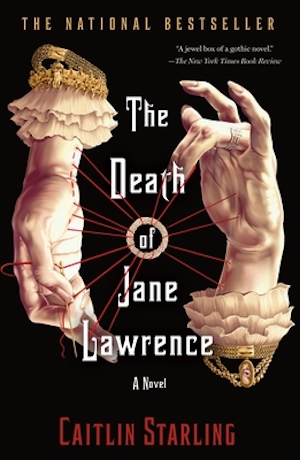
This dark Gothic fantasy features sprawling corridors aplenty in the family home of accountant Jane’s new (and perhaps ill-chosen) husband, Dr Augustine Lawrence. Populated by strange, faceless spectres which move about at night and flashes of red-eyed visages reflected in the windows, Lindridge Hall is bound to unnerve you.
Phasmaphobia, from Kinetic Games
For those of you who prefer to interact with your corridors personally, Phasmaphobia is a multiplayer paranormal horror game developed by indie game studio Kinetic Games. (But if you’re feeling brave, you can also play it by yourself.) It features domestic settings made frightening by paranormal activity.
Archive 81, created by Rebecca Sonnenshine
Archive 81 is a supernatural Netflix horror series inspired by the podcast of the same name. While it differs quite dramatically from the podcast in plot and characterisation, it is notable for being packed with upsettingly eerie corridors and found-footage nightmare-fuel, aided by a magnificent soundscape.
Holly Kybett Smith is a writer based in the south of England, where she is currently studying for her MA in Victorian Gothic. A keen lover of historical and speculative fiction, she specialises in all things dark, whimsical and weird. Her work has been featured in Issue #2 of the New Gothic Review.










